Feline Tooth Resorption
Tooth resorption is a common condition in adult cats in which the cat’s body begins breaking down the teeth and replacing them with bone. It is believed to be caused by an imbalance in Vitamin D and calcium in commercial diets, but we have not yet found a way to prevent or stop the progression of the resorption. The only treatment at this time is to remove the affected teeth. Tooth resorption can be an uncomfortable process for the cat once it breaks above the gumline, and removing the teeth helps relieve this discomfort. Resorbing teeth are also more fragile and more likely to fracture. Infection can be introduced into the root canal system through the cracks and holes in the tooth. Removing affected teeth prevents this from happening. Having yearly examinations performed by one of our doctors to assess for this condition will help to determine if any teeth need cleaning or extraction.
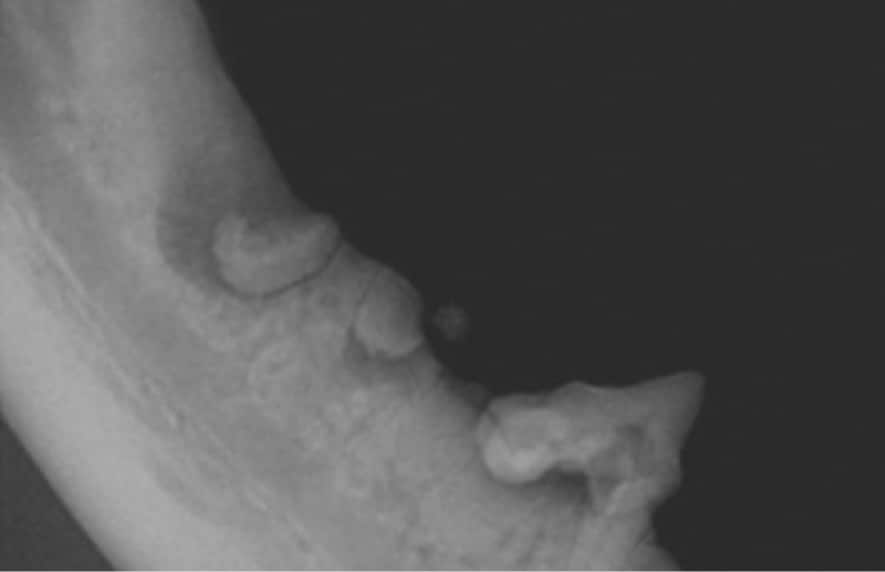
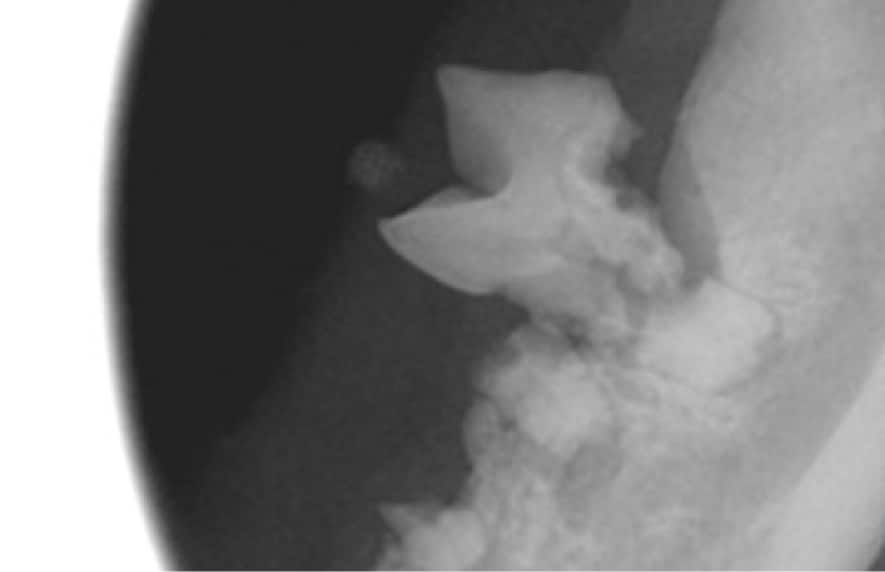
Feline Stomatitis
- Stomatitis is a chronic, wide-spread inflammatory disease affecting the gingiva and mucosal lining of any of the structures in the oral cavity. We think the cause is multifactorial and the inciting factor is likely an abnormal response to plaque. If tooth resorption, another common dental abnormality seen in cats, was also noted during your cat’s oral exam, it was likely triggered by the stomatitis. The treatment of choice for stomatitis is surgical correction by removal of the plaque retaining surfaces (i.e., the teeth). This involves surgical extraction of affected teeth and intraoral radiographs (x-rays) of the whole oral cavity to look for any retained roots that need to be extracted.
- The prognosis for full mouth extractions as a treatment for stomatitis is good in the majority of patients. Many patients show improvement at the two weeks recheck and those who do not need any more medications past that mark. 60% of patients resolve without need for further medical management, 20% of cats with subclinical stomatitis do not require additional medication, 13% do not respond initially, but respond with additional medical management (corticosteroids and analgesics), and 7% fail to respond to any treatment. The healing process from stomatitis takes some time, and your pet may not show the full extent of improvement from surgical treatment for as long as 6-8 months.
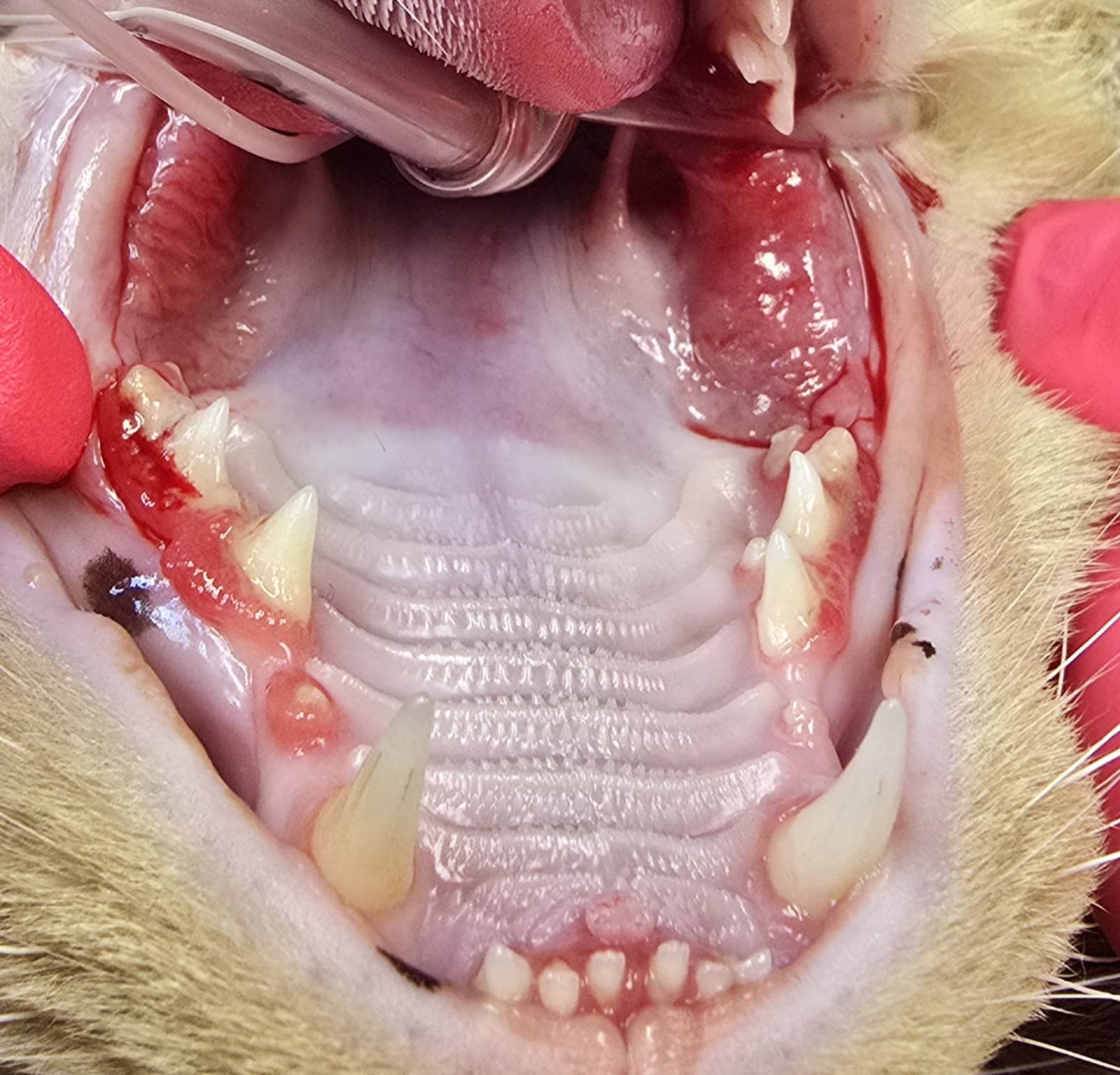
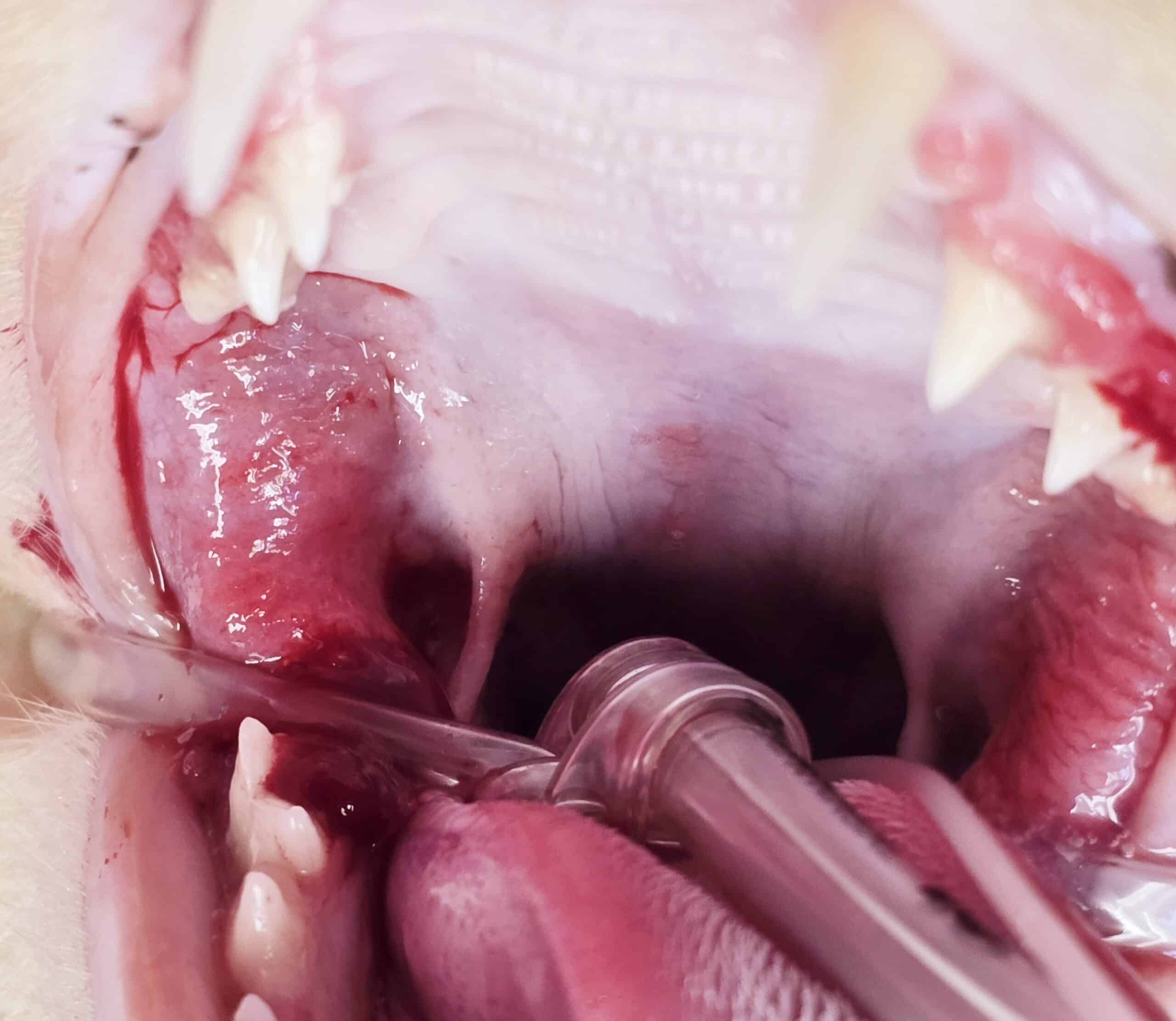
Headline Here
This is just placeholder text. Don’t be alarmed, this is just here to fill up space since your finalized copy isn’t ready yet. Once we have your content finalized, we’ll replace this placeholder text with your real content.
Sometimes it’s nice to put in text just to get an idea of how text will fill in a space on your website.
Traditionally our industry has used Lorem Ipsum, which is placeholder text written in Latin. Unfortunately, not everyone is familiar with Lorem Ipsum and that can lead to confusion. I can’t tell you how many times clients have asked me why their website is in another language!

Call (218) 461-4825 or book online to schedule your pet’s advanced dental appointment.
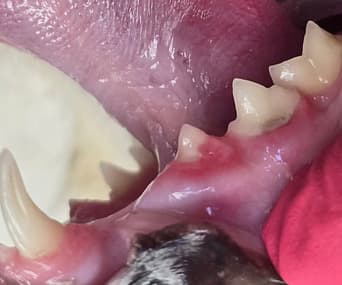
Frequently Asked Questions About Feline Dental Disease
What is the prognosis for cats with stomatitis after tooth extraction?
The prognosis for cats undergoing full mouth extractions due to stomatitis is generally good. About 60% of cats recover without needing further treatment, while others may require additional medication or management. Full recovery can take up to 6-8 months, with many cats showing improvement within the first two weeks post-surgery.
What is feline stomatitis, and how is it related to dental disease?
Feline stomatitis is a chronic inflammatory condition affecting the gums and oral cavity, often triggered by an abnormal response to plaque. It is commonly associated with other dental issues like tooth resorption. The most effective treatment is the surgical removal of the teeth to eliminate plaque-retaining surfaces.
What is feline tooth resorption, and how is it treated?
Feline tooth resorption is a condition where a cat’s body breaks down the teeth and replaces them with bone, likely due to an imbalance in Vitamin D and calcium. The only treatment available is to remove the affected teeth, as this condition can become painful once it reaches the gumline and can lead to infections through cracks in the teeth.

